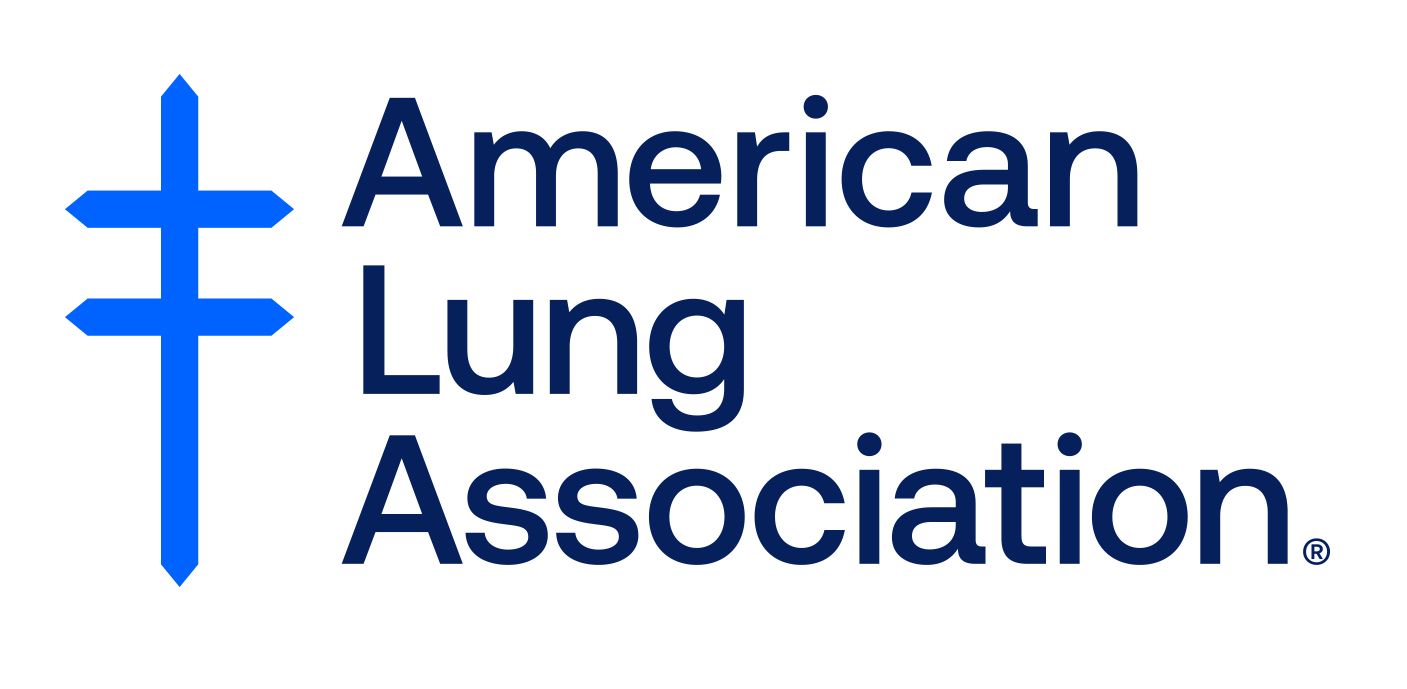- About Us
- Advertise / Support
- Editorial Board
- Contact Us
- CancerNetwork.com
- TargetedOnc.com
- OncLive.com
- OncNursingNews.com
- Terms & Conditions
- Privacy
- Do Not Sell My Information
- Washington My Health My Data
© 2025 MJH Life Sciences™ and CURE - Oncology & Cancer News for Patients & Caregivers. All rights reserved.
Behind America’s Number One Cancer Killer: Most People Lack Awareness of Lung Cancer and Screenings

Colleen Moretti, Assistant Editor for CURE®, joined MJH Life Sciences in November 2020. Colleen is a graduate of Monmouth University, where she studied communication with a focus in journalism and public relations. In her free time, she enjoys learning to cook new meals, spending time with her adopted beagle, Molly, or sitting on the beach with a good book. Email her at cmoretti@curetoday.com
The majority of Americans lack understanding of lung cancer’s deadly threat and how it can be screened for, according to new survey data from the American Lung Association. One survivor and one patient stress the importance of learning more about the deadliness of the disease.
Most Americans lack knowledge of lung cancer, a recent survey of 4,000 people by the American Lung Association found. Only 29% know it is the leading cause of cancer death among both men and women.
The data, which was released in the American Lung Association’s LUNG FORCE initiative’s 2021 Lung Health Barometer Media Summary, also found that just 36% of people are aware that lung cancer screening is available.
It also reported that early detection and treatment of lung cancer leads to higher survival rates, but only 22% of cases are diagnosed early. Early detection using a low-dose CT screening could decrease lung mortality by up to 20% for the high-risk population.
It is recommended that 14.2 million Americans who are considered high-risk be screened for lung cancer, but only 5% of those eligible have been screened.
The U.S. Preventive Services Task Force updated its guidelines for lung cancer screenings in March 2021, recommending that adults between the age of 50 and 80 who have a 20 pack-year smoking history and either currently smoke or quit smoking in the past 15 years receive low-dose CT scans annually.
The report added that lung cancer research increases quality of life for patients and creates more treatment options — as demonstrated by the more than 40 new therapies that have been approved by the FDA since 2016 to treat lung cancer.
Mike Smith, a stage 4 lung cancer survivor, knows firsthand just how valuable this research is. After biomarker testing revealed that his cancer had an EGFR exon 19 mutation, his doctors were able to give him more targeted treatment options.
“My primary oncologist said, ‘Well, you won the lottery of lung cancer,’” Smith said in an interview with CURE®. “’The good news is we have a targeted therapy drug for you rather than going down a chemotherapy route.’”
After the cancer metastasized to his brain and he received surgery and more therapy, Smith was presented with an opportunity to join a clinical trial.
“I knew that any one drug wasn't going to be a cure,” he said. “But I opted to do a drug that would buy me some time and still keep my ‘toolbox of options’ open. I elected to go on the targeted therapy drug that was in a clinical trial because they were hopeful that it was going to be better than some of the options that were available.”
Although the clinical trial drug helped to reduce the size of some of his tumors, it did not help his brain metastases. He developed five more tumors and later went off the drug to try out other treatments he’d researched and asked his doctors about — one of which eradicated the brain metastases.
“So it's been a rollercoaster ride. I'm now a five-year survivor as of last month. And, you know, you're constantly diligent with whatever results are subjected to the scans. A positive scan is great for that period of time. But you always have to stay diligent and know what your options are along this rollercoaster ride.”
Regardless of his experience, Smith remains a staunch advocate for clinical trials.
“I wish more (patients with) lung cancer would get engaged because the more the numbers are, the more they can help change the narrative, the more that can help with change and fundraising, the more it can help with patients getting educated to participate in clinical trials,” Smith said. “40% of clinical trials go — not because of (being) unfunded — but because they don't have enough participation in the trials by (patients with) lung cancer.”
The survey also addressed the stigma around lung cancer that actually harms patients’ outcomes. Many people assume that people are only diagnosed with lung cancer if they have smoked; and while it is true that current and former smokers are at a much higher risk, there are many nonsmokers who are also diagnosed with the disease. The stigma leads to a lack of resources, support and public empathy for patients with lung cancer.
Such is the case for Ashley Stringer, a young mother of two who is currently living with lung cancer.
“People always ask, ‘Well, did you smoke?’” Stringer said in an interview with CURE®. “Well, no, I didn't, and quite a few people didn't smoke. But even if they did, a lot of people aren’t aware that, you know, it is the number one cancer killer of men and women in the United States.”
She encouraged people to get screened if they have a smoking history, were exposed to secondhand smoke or live in areas with high pollution or radon levels.
“So I just encourage people that I come across that if they meet those criteria that go get a scan and find out because it's better to know than to not know and live in fear or ignorance,” Stringer explained. “And certainly, I wouldn't have thought of myself as needing to get screened, and there will be people that don't fit into those groups. And we still don't know why – why are certain people with no smoking history or radon history or any of that turning up with lung cancer?”
Stringer, who is now 38, was diagnosed at age 34. After different forms of treatment over the years, her cancer has come back several times. Just two weeks ago, she learned there was another spot growing in her left lung that her doctors are suspicious is cancerous.
“I think people just forget that unless you talk about it constantly or go into the details, they think everything's fine,” she said. “Like, ‘Oh, she looks okay.’ You know, I have a full-time job. I'm still working. I have two young kids. If you look at me, you wouldn't know I'm battling cancer. And you know, my outcome is probably terminal. But it's more of how long do I have? Do I have two years left or 10 years left? And I don't know… I'm four and a half years in and I'm never going to hear the words remission without a miracle. And I still do believe in miracles.”
Both Stringer and Smith stressed the importance of doing research to learn whether you are at risk and getting screened if you are.
“It’s not just about you, it’s about all of us. The only way this gets any better is if all of us start speaking up, pushing the button,” Smith said. “If there (isn’t) a means to cure cancer, there should be a means to get there. And as (patients with) lung cancer are speaking up, (they are) collectively advocating for themselves to help change the narrative of a horrific terminal disease, to change it to a chronic disease that's manageable by these new drugs being developed. And someday finding a cure.”
For more news on cancer updates, research and education, don’t forget to subscribe to CURE®’s newsletters here.
Related Content:




